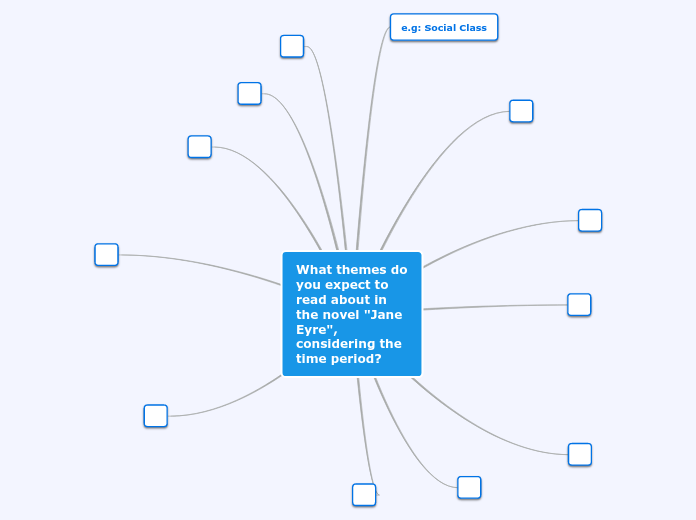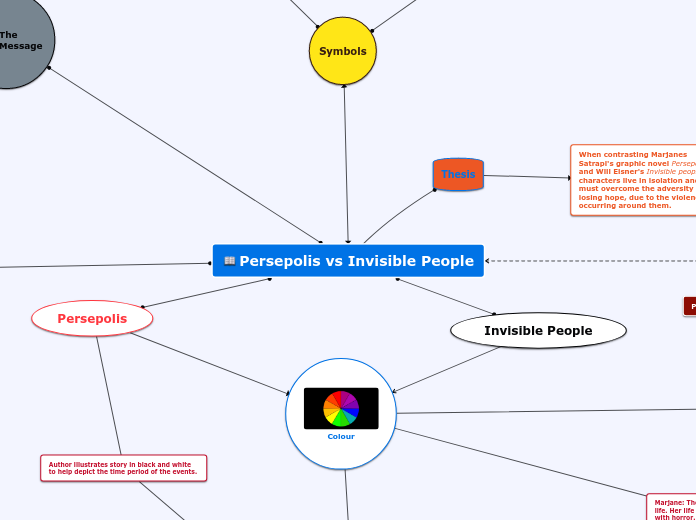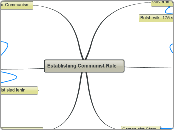Ancient Egypt
Warfare
Soldiers
Trained regularly
Couldn't go to war until age 20
Began combat training early on (around age 5)
Enemy Civilizations
Lybians
Hyksos
Nubians
Military Aspects/ Equipment
Weaponry
Projectile weapons were used to weaken
the opposing army before contact
Javelins
Spears
Slings
Archers
Chariots
Standing army
Wars
Hyksos and the invasion of ancient Egypt
Foreigners infiltrated the country
Battle of Meggido
15th century BCE
Battle of Pelusium
In the Nile Delta
Battle of the delta
1175 BCE
Battle of Kadesh
1274 BCE
Old Kingdom
Weapons
Shields, spears, cudgels, bows and arrows, etc
Politics
Law System
Followed teachings of Ma'at
Based on common sense
Central Government
Ancient Egyptians had a sense
of superiority over foreigners
Not much enslaving of entire ethnicities
Theocratic Monarchy
Kings ruled by the mandates from the gods
The first (2) Kingdoms
Kings wore a white crown
Kings wore a red crown
Social Organization
Lowest Class - Slaves
Prisoners of war
Lower Class - Farmers, Peasants
Majority of population
Upper Class - Scribes
Educated class
Upper Class - Priests, Senior Officials, etc.
Managed property, taxes, storehouses
Highest Class/ Rulers - Pharaohs
Instated laws, taxation, etc
Influential Leaders
Cleopatra
Last pharaoh of Egypt
Menes
Founded Memphis
1st dynasty began with him
Nubian king responsible for uniting Egypt
Djoser
Extended Egypt's southern borders
His vizier was Imhotep
Devised idea of step pyramid
Magnum Opus
Started a zoo
Found a land rich in products
Led a 1000km expedition out of Egypt into Punt
Ramsses II
born into non-royal family
Most powerful pharaoh
Tutankamun
Walked with a limp
His left foot had been clubbed
Tomb discovered in 1922 by Howard Carter
Akhenaten
Challenged intellectual structure of Egypt
His revolution angered priests and nobles
All of his monuments were
destroyed upon his death
Abandoned traditional gods of Egypt and introduced god Aten
Changed his name in honour of Aten
Introduced god Ate, disc of the sun
Thutmosis III
Expanded empire
Known as the "Napoleon of Egypt"
Greatest warrior pharaoh
Hatshepsut
Name means "Foremost of noble ladies"
Ruled in co-regency with Thut III after the death of Thut II
Married Thut II at age 12
Was the only living heir of Pharaoh Thutmosis I
and his Great Wife
Khufu
Pepi II
His death caused the division of the Old Kingdom
Lived to the age of 94
Prominent Events
Ancient Egypt's Decline
Greek Period
Greeks ruled Egypt for 300 years
Greeks captured Middle East, Asia, Egypt
Alexander "The Great" rose to power in Greece and conquered Mediterranean in 300s BCE
New kingdom fell apart
Nobles & priests fought for power
2nd Intermediate Period
A family from Upper Egypt drove the Hyksos out
and formed the New Kingdom
Innovations introduced
Ruled by Hyksos kings
Middle Kingdom's Decline
Hyksos conquered lower Egypt
Immigration weakened authority
Pharaohs had short reigns
Caused by lack of leadership
The Middle Kingdom
Amenemhat I setup new government outside of Memphis
Prosperity returned
Irrigation systems repaired and improved
New leadership emerged from Thebes
Priests replaced god Re with patron god of Thebes, Amon
Position of governor was granted
to middle class citizens
Humble origins made
them obedient
Old Kingdom's Demise
Pepi II died & the kingdom was divided in 2.
Priests & government officials gained power
The Old Kingdom
Hieroglyphic writing improved
Regulated and improved TRADE
Engineering skills developed
Pyramids of Giza were built
Introduction of pharaohs
King Djoser built a strong central government
1st - 4th dynasties
2650 - 2134 BCE
The "Beginning of Egypt"
3rd: Nomes were taken over by kingdoms
2nd: Nomes fought for power
1st: Nomes emerged
Daily Life
Family Structures
Women
Comforted their husband
Denied roles of superiority
(scribes, government members)
Men
Head of the household
Children
Young boys shaved their heads,
leaving one lock of hair. When they
reached manhood, their lock was cut off
Male children were most desired, for it
was they who organized their parents'
funeral processions
Children were deemed important
Homes
Roofs were made of papyrus and clay
Mud bricks were the primary building material
Indicator of Social Class
Wealthy citizens had larger residences
Homes were walled-in
Several bedrooms, storerooms
Central rooms stated the wealth
of a home owner
Amenities such as fruit trees,
slaves and gardens
Poor folks lived in simple huts
Homes were close together
Lacked amenities like gardens
Food
Wealthy people ate beef, antelope, gazelle,
baked goods and drank wine
Common people ate bread, ducks and geese and drank
beer from barley
Clothing
Personal Grooming
People used hair combs, mirrors and razors
Class Specific
Makeup and perfume indicated upper class citizens
Some people wore dark wigs to protect
themselves from the sun
In the Middle and New kingdoms, wigs were beaded
Wealthy individuals wore white linen gowns, leather
sandals and capes
In the Middle and New kingdoms, gowns
became more ornamented
Farmers wore bin cloths or tunics
Footwear was very uncommon. In rainy weather,
they wrapped their feet in rags
Culture/ Arts
Importance
Art commemorated the culture of various eras and kingdoms
Buildings (temples, pyramids) were decorated
with paint, or etched on in hieroglyphics
Most common written language in ancient Egypt
Influences
Pharaohs
Painted in profile view
Very commonly depicted in art form
Gods
The Heavens
The two kingdoms
The Nile River
Functionality
Protection was the driving force in the production of art
Primary concern was function
Writing/ Literature
Hieroglyphics
A gift from Toth
24 basic consonants
Less than 2% of the population
were literate
Geography
Cities
Memphis
First temple built to god Ptah
Still around 3500 years later
Capital city
Cairo
Pharaohs' treasures
Alexandria
Became centre of Greek-speaking world
Trading hub
Named after Alexander "The Great"
Sea/ River
Mediterranean Sea
Acted as a defensive border on Egypt's North
Utilized for trade between Egypt and other countries such as Greece, Italy and Turkey.
Nile River
Branches into "White" and "Blue" Nile in modern day Sudan.
White Nile is in Sudan
Blue Nile is in Ethiopia
Crucial for farming
Acted as a sustainable source of food and water.
Lifeblood of ancient Egypt. It made the desert habitable.
Over 4000 miles
Delta
106km in length
Makes for 240km of coastline
Land/ Desert
Regions
Lower Egypt
Nile River's delta (turns into Mediterranean)
Upper Egypt
Black Land & Red Land
Black Land
Rich soil along the banks of the Nile
Egyptians called it "Kemet"
Red Land
Land beyond fertile region
Saharan Desert
Acted as a border of defence on Egypt's South, East and West
Religion
Rituals
Casting Magic Spells
Mummification
Preserved the bodies and souls of the deceased
and increased their likelihood of entering afterlife
Beliefs
Ancient Egyptians were polytheistic people who believed that gods and goddesses controlled the forces of the human, natural, and supernatural world.
Gods/ Goddesses
Horus
Falcon head
Sky god
Ptah
Hathor
Cow head
Motherhood/ fertility
Sekhmet
God war, healing
Anubis
Funerary practices
Re
Head of hawk
God of sun
Isis
Osiris
God of underworld
Illnesses and Medicine
Doctors had to be able to read religious literature
Diseases thought to be inflicted by gods
as punishment for sin
Technology
Architecture
Materials
Temples, pyramids and palaces were mainly made of stone
Pyramids
Built by farmers during flood season
and soldiers when not needed
Pyramids of Giza
Fourth Dynasty's creation
Took 20 years to build each pyramid
Built to honour Pharaoh Khufu
Step pyramid of Djoser
Required 1000s of labourers and 1000s of tonnes of stone
First monumental stone building constructed
60m in height, 10m per step
Predates the Great Pyramids of Giza
Built in Saqqara
Temples
Temple of Thoth
Temple of Dendur
Luxor temple
Great Aten temple
Economy
Education
Work-study method was available
Drill and memorization were methods employed
Formal Schools
Science, medicine and math were taught
Scribes and priests trainees
Controlled by priests
Vocational skills were taught on the job.
Ex: engineering, sculture, architecture
Trade
Transport
Boats traveled along the Nile River and the Mediterranean Sea
Imports
Ivory
Animals
Ebony
Resins
Exports
Grain
Papyrus
Woods
Linen
Gold
Traded with countries like Greece, Turkey and Punt
Agriculture
Irrigation Systems
Annual floods of the Nile were very important
Kept land fertile
Farmers grew many crops
Fruits
Barley
Wheat
Vegetables
Currency
Cash was introduced after the Persian invasion









